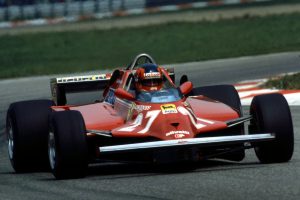Up Next The Japan Grand Prix

In the space of just one week, George Russell has gone from driving for the team last in the 2020 Formula 1 constructors’ standings (on zero points) to driving for the team that wrapped up that title a month ago.
While this year the Williams can’t be declared the slowest car as emphatically as it could last season, Russell’s from-the-back-to-the-front leap in circumstances is still unprecedented in modern F1.
It’s not the first time a driver’s vaulted from a struggling team to a race-winning one, but it’s the most rapid and stark such transition.
Here are five other comparable occasions, not all of which worked out for the best long-term.
DAMON HILL – Brabham to Williams
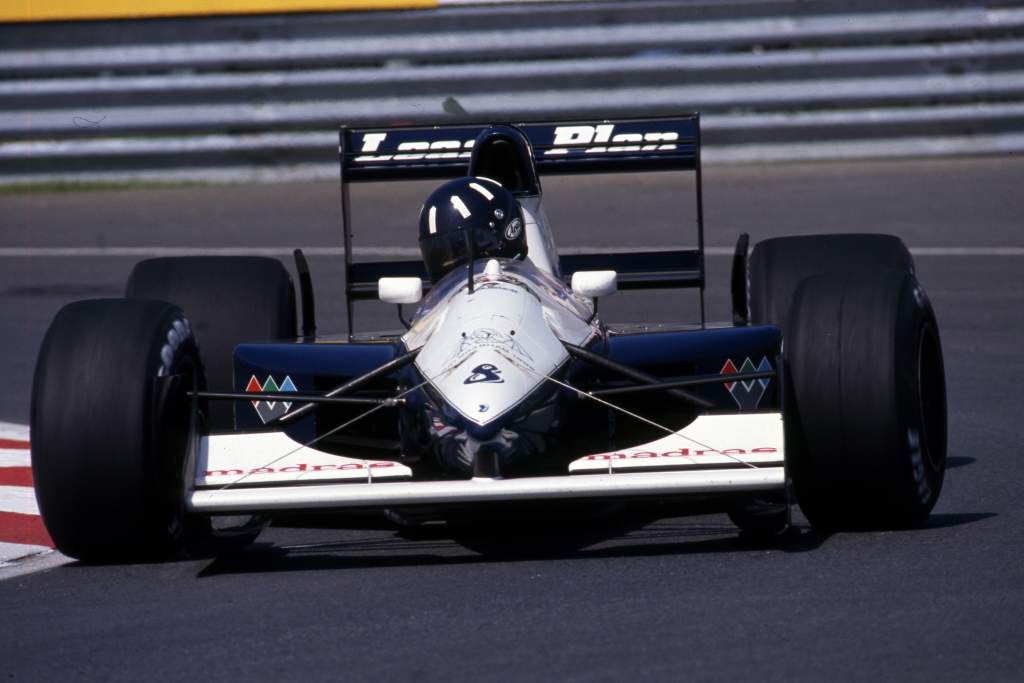
Future world champion Damon Hill only qualified for two of his eight outings with Brabham in 1992. He was 7.4s and 5.3s off the pace on those grids, and finished both races four laps down.
For his ninth grand prix weekend, Hill found himself racing for the Williams team that had dominated the previous season.
“Everyone said I was mad. They pointed out that this was a dangerously underfinanced team”- Damon Hill
Whereas Russell’s change in circumstance happened across days, there were seven months between Hill’s final F1 weekend with Brabham and first race for Williams. And he’d taken the Brabham ‘opportunity’ as a calculated gamble while already firmly ensconced as a test driver at Williams.
The once mighty Brabham was on the brink of collapse in mid-1992, but with Hill’s old Formula 3000 team Middlebridge running it he stepped in when Giovanna Amati’s sponsorship fell through.
“Everyone said I was mad,” wrote Hill in his autobiography Watching the Wheels. “They pointed out that this was a dangerously underfinanced team.
“The car was worn out and Middlebridge weren’t going to be refreshing parts properly, but I simply thought ‘I don’t have a choice. The time has come in my career when I have to show that I can actually drive an F1 car in competition.”
The team finally folded just after Hill made it onto the grid for the second time in Hungary. Despite fitting the Brabham so badly that he “could only use four of the six gears because it was so cramped”, Hill admitted that “it was strangely exciting to drive a no-hope car”.
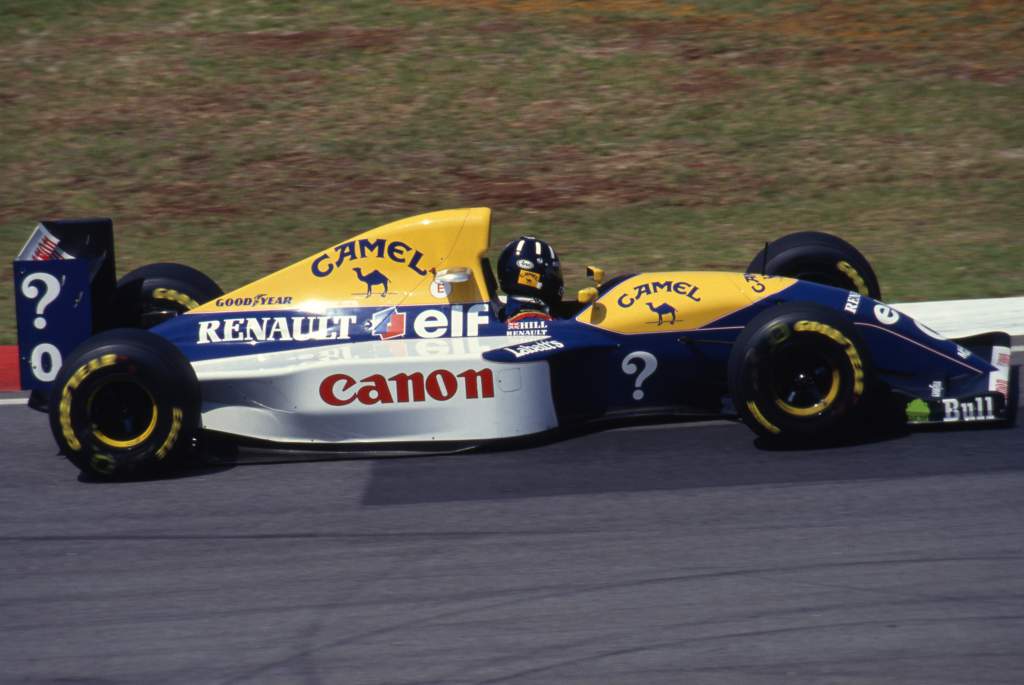
Ultimately Hill got the 1993 Williams chance through the impression he’d made on the team in the test role, and because – in his own words – “I was cheap and available” when the Ayrton Senna/Alain Prost/Nigel Mansell machinations of summer 1992 ended with Prost at Williams not Senna, and Mansell exiting for IndyCar.
Ironically his debut race for Williams at Kyalami in 1993 was less impressive than his Brabham finale, as he spun at the first corner before being taken out by Alex Zanardi while in the midfield. But a podium at Interlagos next time out steadied Hill’s nerves and set him on the path that eventually led to his 1996 title with Williams.
Derek Daly – Theodore to Williams
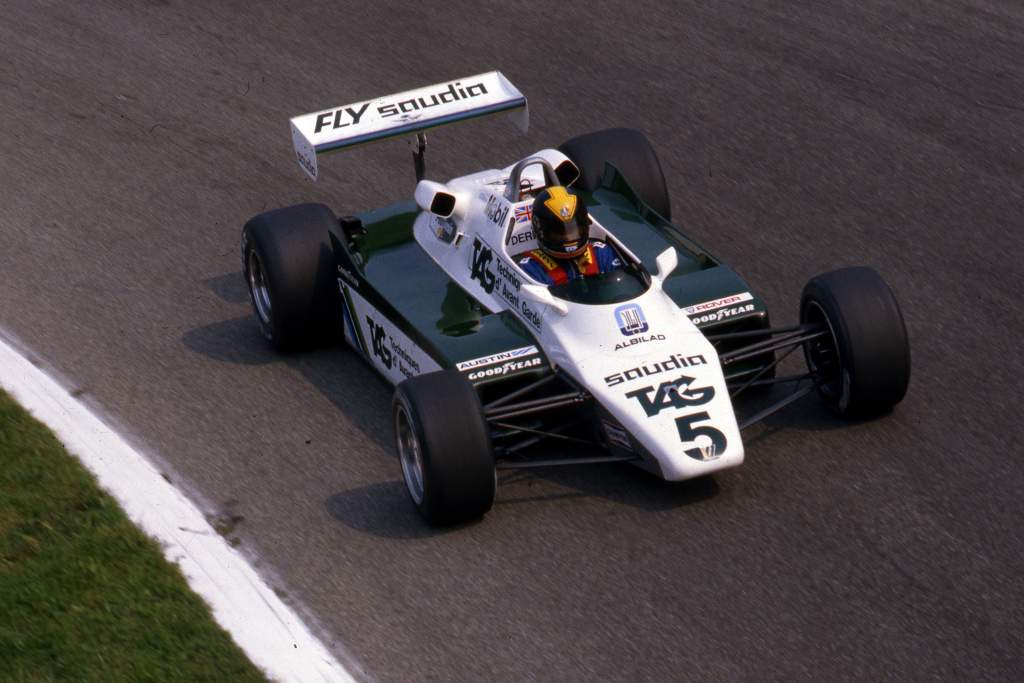
Though Williams went into 1982 fresh from two straight constructors’ titles and would eventually take Keke Rosberg to that year’s drivers’ crown, it wasn’t actually the pace-setting car that season.
Nevertheless, Derek Daly’s sudden leap from backmarker Theodore to a team with strong title expectations was still a radical change in circumstance.
It came about when Williams found itself bizarrely short of drivers following a fractious 1981. Its 1980 champion Alan Jones had announced his retirement, and his team-mate Carlos Reutemann – who’d been very narrowly pipped to the 1981 title by Brabham’s Nelson Piquet via a bizarrely poor performance in the Las Vegas decider – then caught Williams off-guard by doing likewise.
Reutemann reconsidered and began 1982 in the team alongside Rosberg, only to have a further change of heart after two races and this time walk away from F1 for good.
Williams had initially tried to recruit 1978 world champion Mario Andretti, who’d just split with the struggling Alfa Romeo F1 outfit, during its initial winter driver shortage, but he was committed to returning to America for a CART IndyCar programme in 1982.
Daly was well placed to end up with a podium at worst in Monaco. But he’d already wiped off his Williams’s rear wing and cracked the gearbox casing
With no calendar clash for F1’s Long Beach round, Andretti did make a one-off appearance for Williams but was unavailable thereafter.
Boycotting the San Marino GP at Imola – along with 11 other FOCA-aligned teams amid the era’s political wrangling – bought Williams a little more time to solve its driver shortage.
But having failed in further attempts to coax Jones back out of retirement, it gave Daly a chance from the Belgian GP onwards.
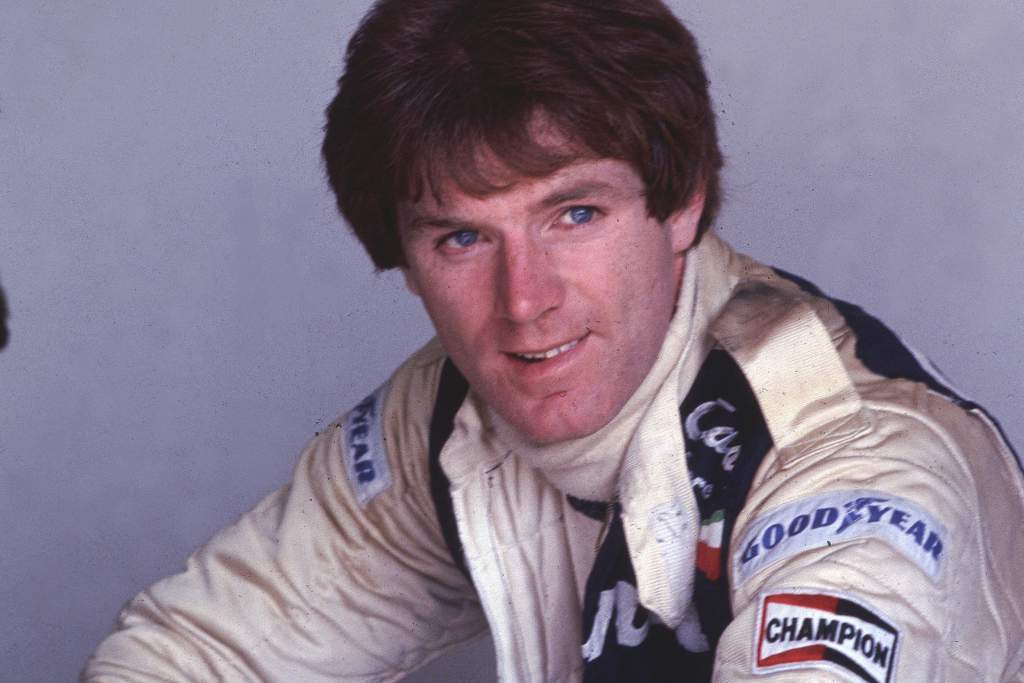
Bar a couple of fourth places with Tyrrell in a 1980 season better remembered for some huge crashes, Daly hadn’t so far managed to translate his junior career potential into F1 and had begun 1982 qualifying 20th or worse with Theodore.
Rather than being his breakthrough, Daly’s Williams chance ended up being a disappointment that ended his F1 career.
He was comprehensively overshadowed by Rosberg, only outqualifying his team-mate once – and on that occasion at Dijon Rosberg vaulted forward immediately and went on to win the race while Daly slumped to a lapped ninth.
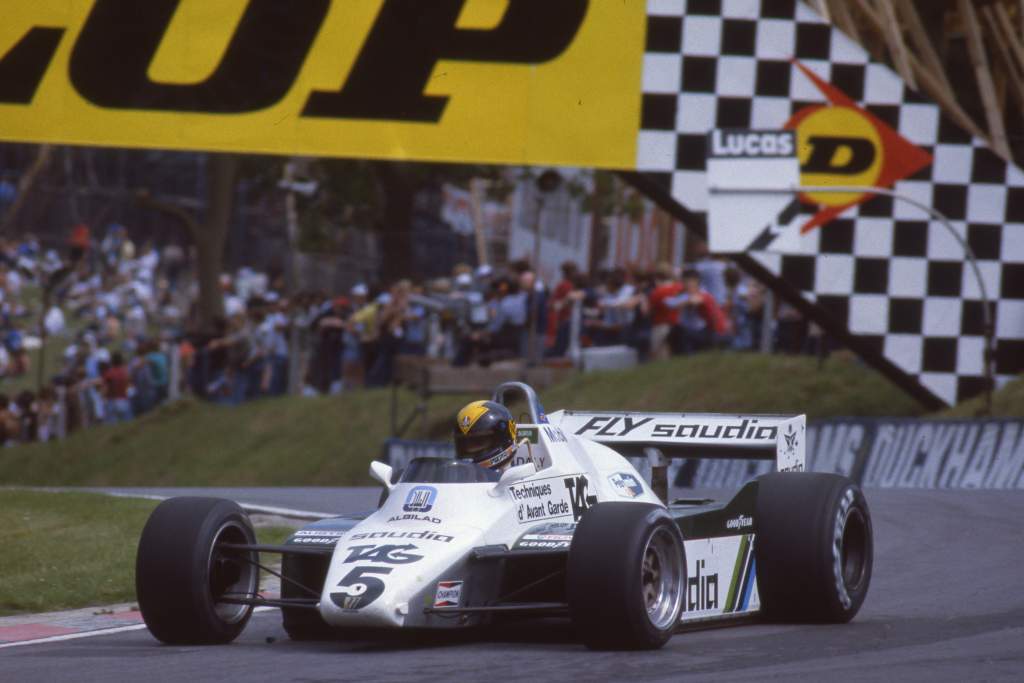
Five points finishes, no higher than fifth, were as good as it got for Daly, and with Williams replacing him with Jacques Laffite for 1983, he headed for CART IndyCar and a new life in America.
The great ‘might’ve been’ was Monaco. In the famously chaotic drizzly end to that race, Daly was well placed to end up with a podium at worst as all the frontrunners crashed or ground to a halt.
But he’d already wiped off his Williams’s rear wing in a brush with the barriers that also cracked the gearbox casing. He dragged the remains of his car around for a few more laps before it expired.
JEAN-PIERRE JARIER – ATS to Lotus
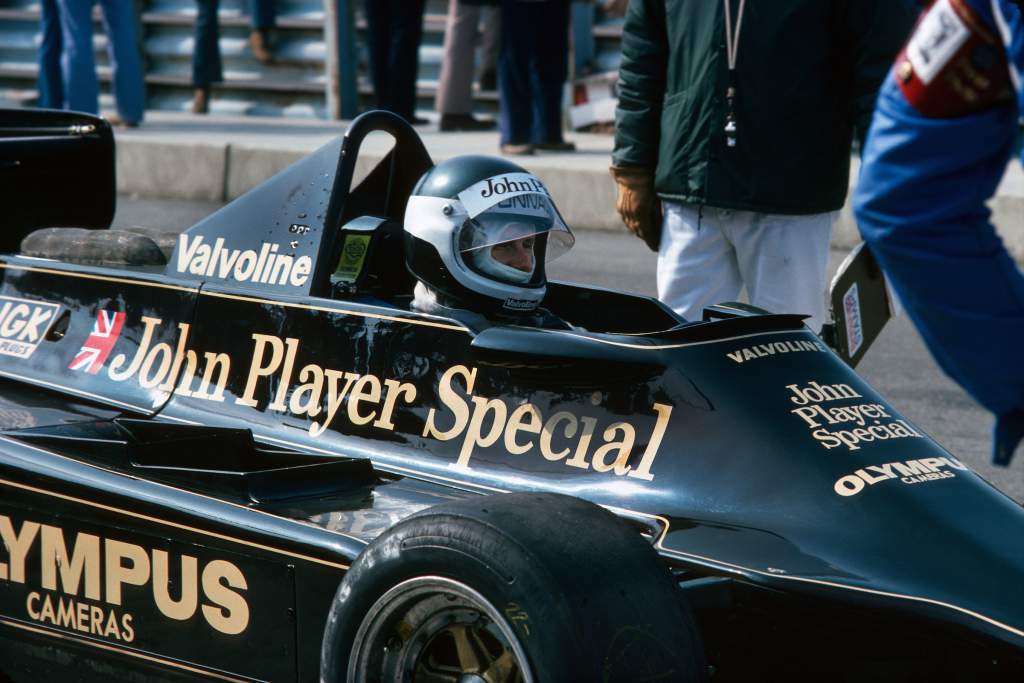
Jarier showed sensational pace in his early F1 years with Shadow, but an erratic tendency and some bad luck meant he only had one pole and one podium to show for it.
Having been dropped by the team by the end of 1976 and then failing to get the Ligier drive he’d targeted, Jarier rocked up at the often chaotic ATS team – initially in a customer Penske chassis and then in the squad’s first design of its own for 1978.
That relationship collapsed mid-season amid a pair of failures to qualify and discord with controversial team boss Gunther Schmid.
It looked like that might be the end of Jarier’s time in F1 and he’d have to focus on the sportscar racing he’d been successfully dovetailing with his grand prix deals.
But after Ronnie Peterson’s tragic death at the Italian GP, Jarier was called up by the Lotus team that had just taken Andretti to a dominant title with its pioneering ground effect chassis.
Though a long way off Andretti’s qualifying pace in his first Lotus outing at Watkins Glen, Jarier was on for third until running out of fuel late on.
Next time out in Montreal, he absolutely dominated from pole for 49 of the 70 laps before an oil leak forced him out and opened the door for Gilles Villeneuve to take his first F1 win.
Jarier was only ever going to be a stopgap for Lotus, but those impressive outings earned him a fresh F1 chance with Tyrrell before further stints with Osella and Ligier that kept him on the grid five more years in total. Nothing ever came close to the promise of that day in Canada, though.
ROBERTO MORENO – EUROBRUN TO BENETTON
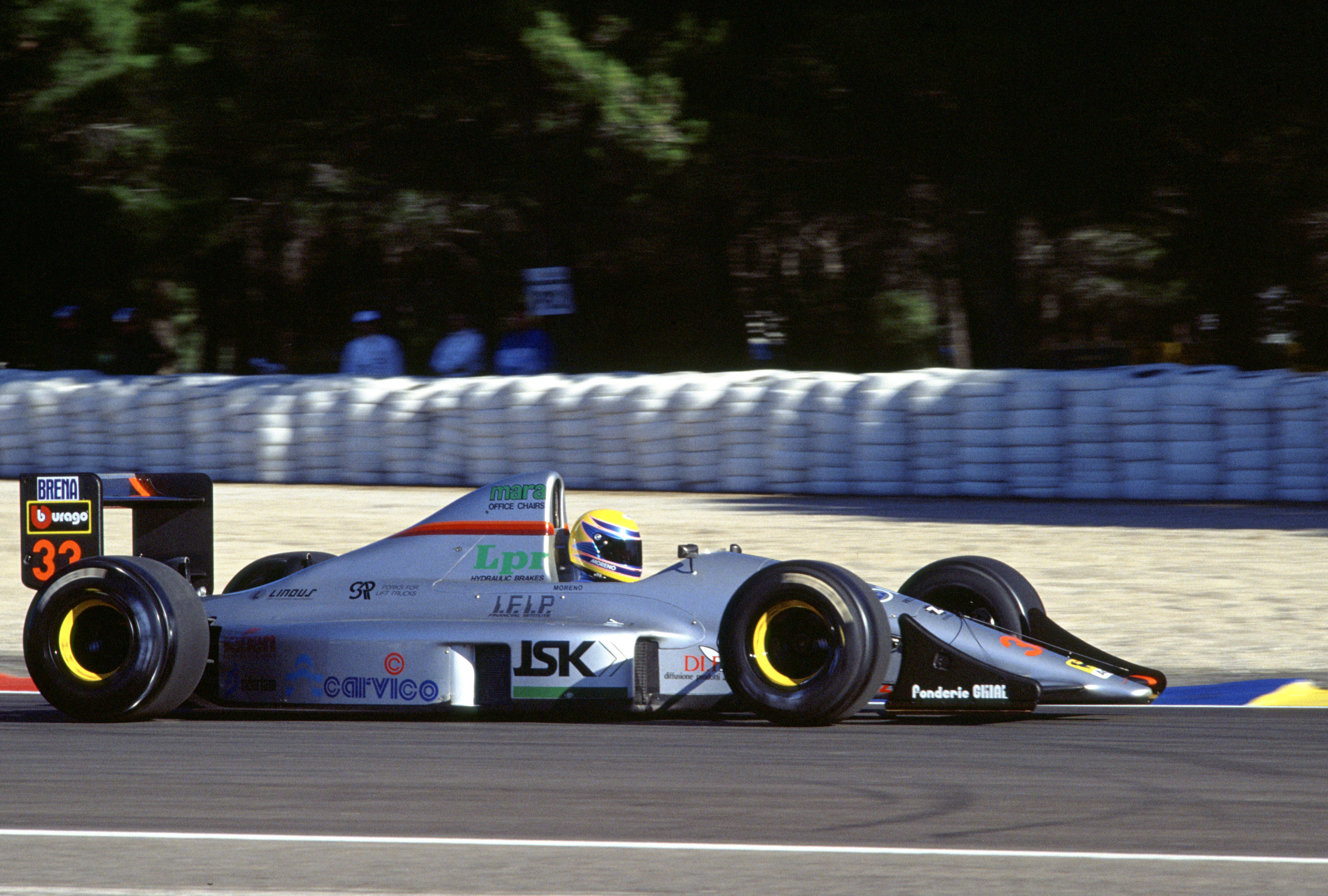
Moreno recently talked The Race’s Sam Smith through the remarkable tale of his abrupt elevation from shambolic non-qualifier EuroBrun to frontrunner Benetton in glorious detail to mark 30 years since his Suzuka podium.
We’d strongly recommend you read that story in full if you haven’t already. And even if you have, it’s good enough to want to read again.
Though Benetton took a 1-2 in Moreno’s first race there, it certainly wasn’t the 1990 season’s best team so this wasn’t quite like Russell arriving at Mercedes. That Suzuka result relied heavily on Senna taking Prost out, Gerhard Berger spinning off and Nigel Mansell breaking his transmission.
But to go from a team where getting through pre-qualifying was discouraged due to the engine rebuild costs – a revelation that nearly prompted a pitlane brawl when Moreno found out – to one capable of winning a grand prix was a culture shock far above what Russell will have experienced this week.
“I was braking too early and having to actually get back on the throttle, it was crazy,” Moreno admitted of his first laps in an actually competitive F1 car.
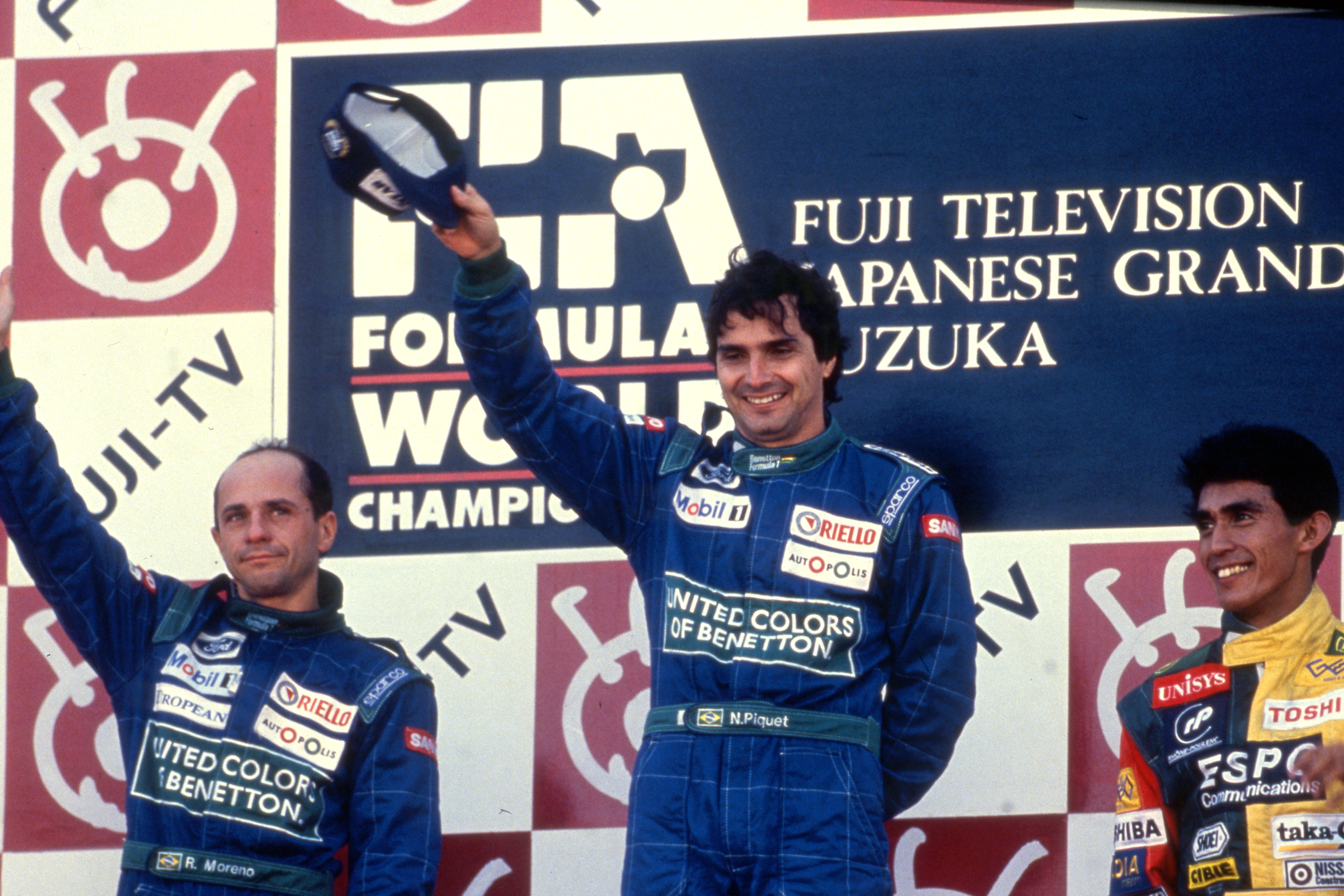
Moreno earned the opportunity through being in the right place at the right time when Alessandro Nannini suffered the helicopter accident that ended his F1 career. The Suzuka 1-2 was just what Benetton needed after that blow for a driver it was very fond of, and extraordinary for Moreno as he followed his long-time friend and mentor Nelson Piquet home to achieve it.
That was very much as good as it got for Moreno at Benetton, and indeed in F1, though.
Less than a year later he was making an abrupt move in the opposite direction.
Amid a generally underwhelming 1991 for Benetton – bar Piquet’s opportunistic Montreal win – Moreno was swiftly jettisoned when the team swooped for Michael Schumacher after his stunning Spa debut with Jordan.
JOHNNY HERBERT – LOTUS TO BENETTON
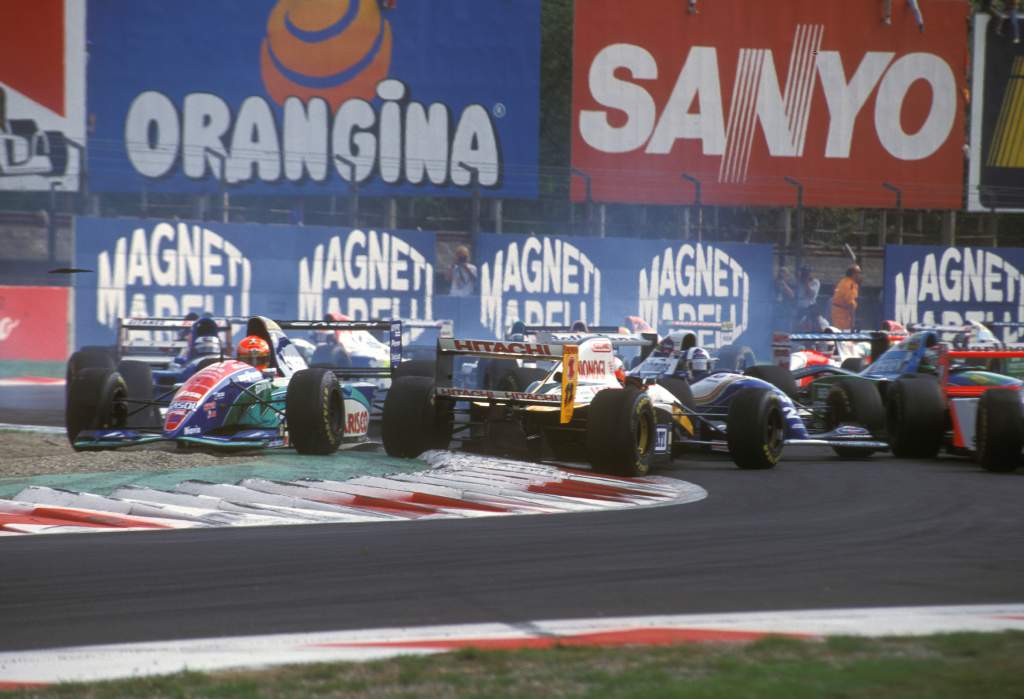
This one doesn’t quite mirror Russell’s situation as Herbert’s journey from collapsing Lotus to the Benetton team that was taking Michael Schumacher to the 1994 title did involve a stepping stone single race at Ligier.
With Lotus woefully uncompetitive and in mounting financial trouble, Herbert’s F1 future looked highly doubtful as 1994 progressed.
“If I’d known how I was going to be treated, I wouldn’t have accepted the drive”- Johnny Herbert
Having averaged 20th on the grid, a fourth-place start at Monza was a near-miracle (achieved via an upgraded Mugen Honda engine and the car actually semi-functioning in low-drag trim) but it came to nothing when Eddie Irvine’s Jordan took Herbert out at the first corner (pictured above). The team went into administration next day and Herbert was back to 20th on the grid at the following Estoril round.
His contract was sold off by the administrators and he found himself at Ligier for Jerez, immediately qualifying seventh and earning an instant move to the affiliated Benetton team – which felt he’d be a better bet in the Schumacher support role than previous occupants Jos Verstappen and JJ Lehto.
Herbert’s Benetton debut was promising – fifth on the Suzuka grid, 0.6s behind Schumacher. And he got up to an early third in the wet race before aquaplaning into the wall in the sodden conditions.
In many ways it was all downhill after that as Herbert spent the rest of his second stint at Benetton feeling marginalised and obstructed by team boss Flavio Briatore in particular and – to a lesser extent – Schumacher.
While bitterly demoralising, Herbert’s Benetton experience did still result in his first two F1 wins at Silverstone and Monza the following year.
But whether it was worth it is perhaps a moot point. “If I’d known how I was going to be treated, I wouldn’t have accepted the drive and would have asked to stay on at Ligier,” Herbert wrote in his book What Doesn’t Kill You…



